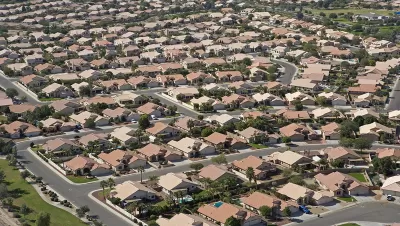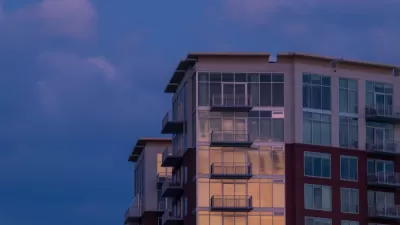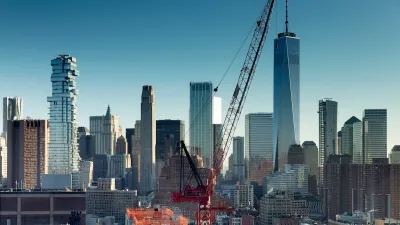Much of the debate about housing shortages and rising housing costs focuses on single-family housing as the main culprit. But could it also be part of the solution?

Kate Wagner considers whether single-family homes really deserve all the blame they receive for the housing crisis in many American cities. Discussions about solutions focus on upzoning and increasing housing supply or instituting policies to ensure affordable housing.
"But the debate also raises larger questions about single-family homes: What is their value in this current political moment? And is it immoral for us to keep building them?" asks Wagner.
She argues that the diversity of single-family homes makes it difficult to understand them as one category, housing for one family or household. "Some single-family houses have history, but little economic value; some have economic value but little history," notes Wagner.
Wagner also believes that these homes are not solely the cause of crises like gentrification and climate change. "That many existing single-family homes could be densified by adding accessory dwelling units or by breaking them up into apartments makes it impossible to see single-family homes as either purely good or purely bad—or to ignore their potential to address some of the problems we face."
FULL STORY: Should we still be building single-family homes?

Alabama: Trump Terminates Settlements for Black Communities Harmed By Raw Sewage
Trump deemed the landmark civil rights agreement “illegal DEI and environmental justice policy.”

Planetizen Federal Action Tracker
A weekly monitor of how Trump’s orders and actions are impacting planners and planning in America.

The 120 Year Old Tiny Home Villages That Sheltered San Francisco’s Earthquake Refugees
More than a century ago, San Francisco mobilized to house thousands of residents displaced by the 1906 earthquake. Could their strategy offer a model for the present?

Opinion: California’s SB 79 Would Improve Housing Affordability and Transit Access
A proposed bill would legalize transit-oriented development statewide.

Record Temperatures Prompt Push for Environmental Justice Bills
Nevada legislators are proposing laws that would mandate heat mitigation measures to protect residents from the impacts of extreme heat.

Downtown Pittsburgh Set to Gain 1,300 New Housing Units
Pittsburgh’s office buildings, many of which date back to the early 20th century, are prime candidates for conversion to housing.
Urban Design for Planners 1: Software Tools
This six-course series explores essential urban design concepts using open source software and equips planners with the tools they need to participate fully in the urban design process.
Planning for Universal Design
Learn the tools for implementing Universal Design in planning regulations.
Clanton & Associates, Inc.
Jessamine County Fiscal Court
Institute for Housing and Urban Development Studies (IHS)
City of Grandview
Harvard GSD Executive Education
Toledo-Lucas County Plan Commissions
Salt Lake City
NYU Wagner Graduate School of Public Service





























